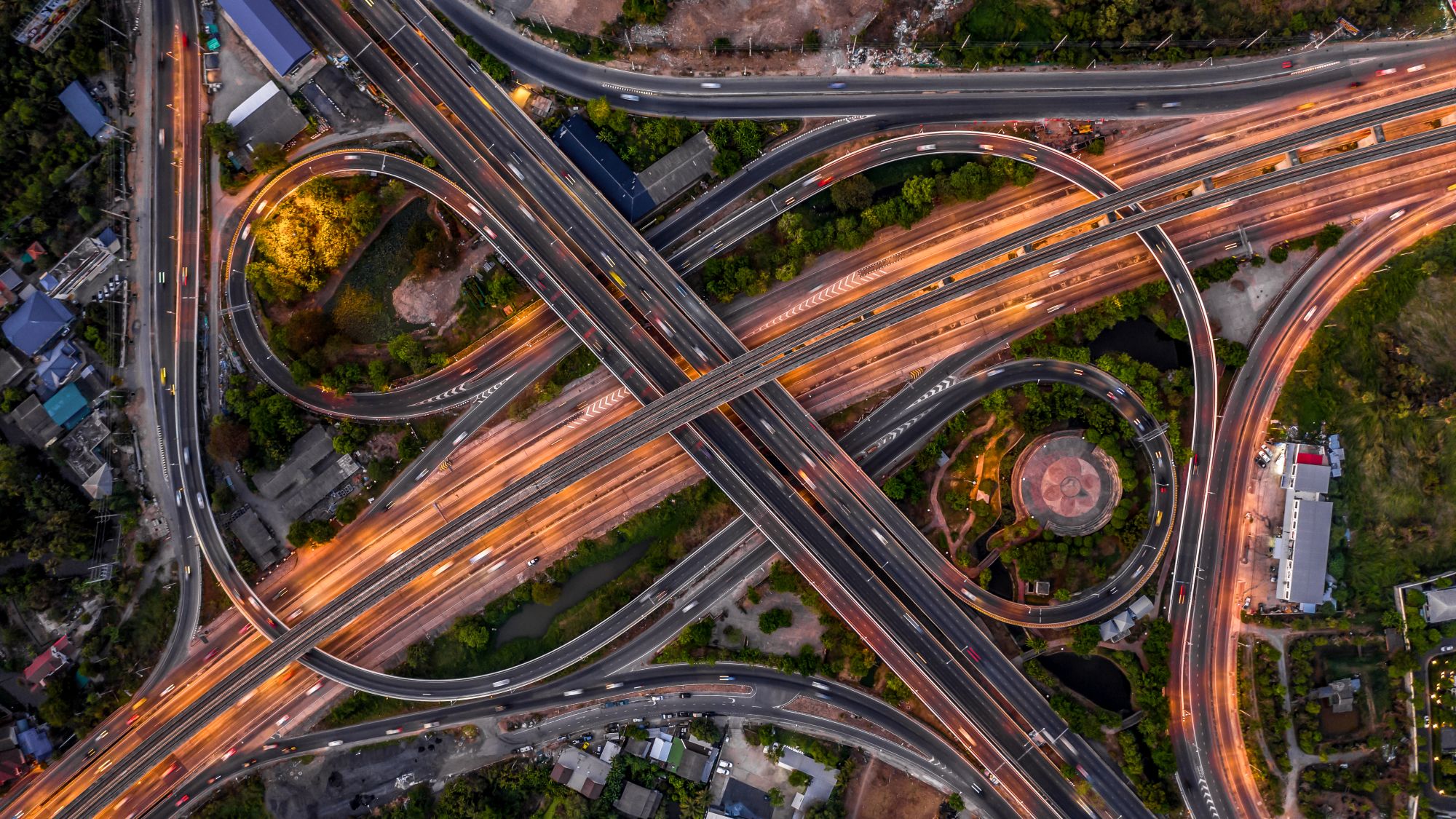
Josh Cousens
Lo SNAP arriva a Saint Geours-de-Maremne
Creato: 29/08/2024
•
Aggiornato: 29/08/2024
"È molto importante che gli autisti facciano le loro pause in luoghi sicuri e protetti, ed è impensabile per noi non fornire un ulteriore comfort", afferma Charlotte Decouard, Communication Manager di Certas Energy Retail France.
Dopo aver aperto il suo primo sito di parcheggio in Francia nel maggio 2023, Certas Energy sta lanciando il suo secondo parcheggio per autocarri di alta qualità a Saint Geours-de-Maremne. Abbiamo parlato con Charlotte Decouard per saperne di più sul nuovo parcheggio per camion e sul loro rapporto con SNAP.
Parcheggio per autocarri di Saint Geours-de-Maremne by Certas
L'autosilo aprirà martedì 19 marzo 2024, offrendo 140 posti auto e accettando i pagamenti del conto SNAP.
Charlotte ha dichiarato: "Il sito si trova nella città di St Geours-de-Maremne, sull'autostrada A63, a circa 70 km dal confine con la Spagna. L'uscita da St Geours è da nord e da sud. L'ingresso del sito si trova a 300 metri dall'autostrada.
"Questo è il secondo Truck parking di Certas Energy. Il primo è stato aperto nel maggio 2023 a Montmarault (A71/A79) e, come il primo, il sito dispone di docce e servizi igienici individuali, microonde, distributori automatici, wifi gratuito, lavanderia e, naturalmente, la possibilità di pagare con SNAP".
Charlotte ha spiegato che Certas ha progettato l'autogrill di Saint Geours per due anni e che l'installazione ha richiesto circa un anno per essere completata.
Strutture
In qualità di moderno parcheggio per camion, la nuova sede di Saint Geours-de-Maremne offre le seguenti strutture ai camionisti durante il loro transito nel sud della Francia:
Standard di sicurezza elevati Recinzioni da 1,80 m
TVCC 24/7
Doccia e servizi igienici
Distributori di bevande calde e fredde
Wifi gratuito per rimanere connessi
Lavatrici
SNAP e Certas
Dopo aver già collaborato con successo per il parcheggio di Montmarault di Certas e per The Hollies, the Stop nel Regno Unito, SNAP e Certas Energy erano desiderosi di riavviare il loro rapporto di lavoro a Saint Geours-de-Maremne.
Charlotte ha dichiarato: "SNAP ci supporta nella migliore soluzione di pagamento, dandoci la possibilità di pagare direttamente in loco e adattandosi al nostro parcheggio."
In qualità di uno dei principali esperti di sicurezza degli autogrill, SNAP Access & Security ha lavorato per rafforzare la sicurezza di St Geours-de-Maremne.
I tecnici di SNAP Access & Security hanno installato telecamere ANPR alle entrate e alle uscite e le hanno sincronizzate con le barriere preesistenti. Il team ha anche equipaggiato l'area di sosta con terminali di pagamento SNAP, consentendo agli autisti di pagare facilmente le loro sessioni di parcheggio.
Charlotte ha dichiarato: "Il rapporto è molto buono, e abbiamo incontri regolari per monitorare i vari file legati all'installazione e le caratteristiche del sito".
Sicurezza
La sede di Saint Geours-de-Maremne Truck Parking by Certas si è avvalsa di esperti di sicurezza locali per rafforzare la sicurezza del sito e proteggere gli autisti che soggiornano nell'area di sosta.
Charlotte ha dichiarato: "Per aumentare il nostro livello di sicurezza, abbiamo installato cavi d'urto sulla nostra recinzione esterna.
"Inoltre, abbiamo installato telecamere intelligenti nel parcheggio per rilevare l'intrusione di pedoni alle barriere, e abbiamo anche installato telecamere intelligenti che rilevano la presenza di automobili agli ingressi. In entrambi i casi, vengono inviati avvisi alla nostra TVCC".
"Nei prossimi mesi, accrediteremo il nostro parcheggio tramite il livello PSR 2 o Gold di TAPA".
Per saperne di più sui parcheggi per autocarri di Saint Geours-de-Maremne di Certas, visitate snapacc.com/locations/SaintGeours-de-Maremne/.



